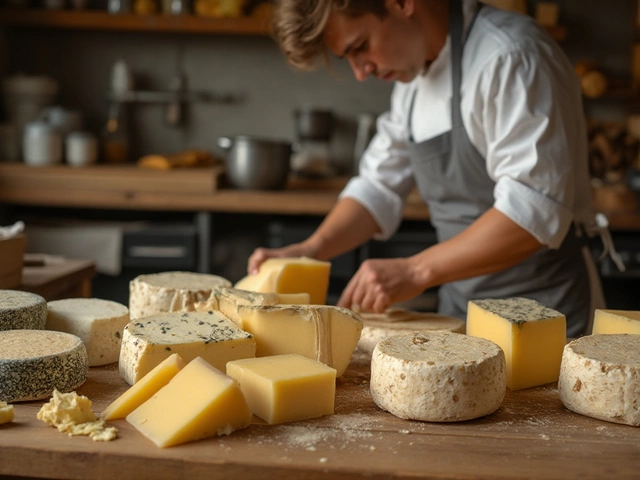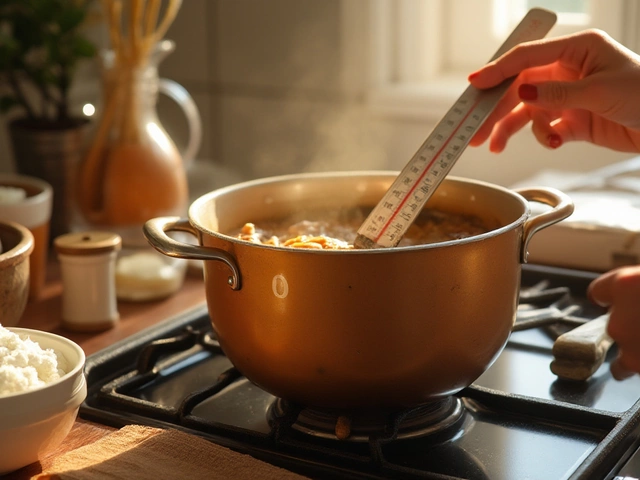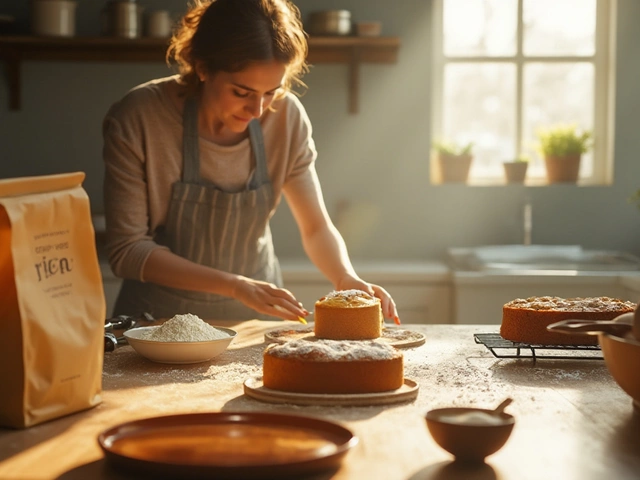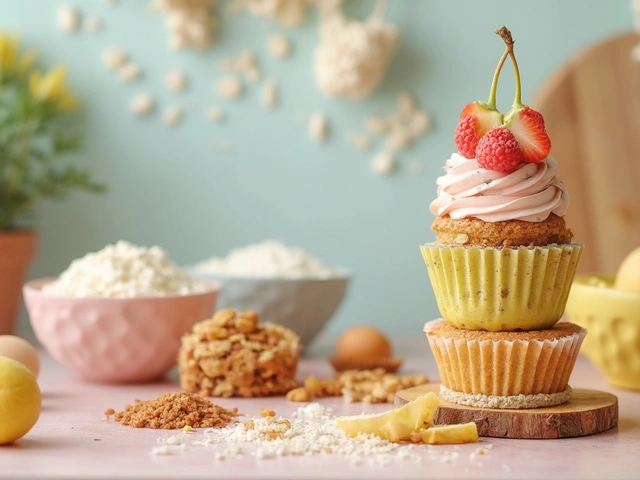Pastry Tips: Simple Tricks for Flaky, Perfect Pastries
Whether you’re making croissants, fruit tarts, or a humble pie crust, the right tip can turn a good pastry into a great one. Below you’ll find practical advice you can try right now, no fancy equipment needed.
Handling Dough & Temperature
Cold butter is the secret behind flaky layers. Keep the dough and the butter block chilled until you start rolling. If the dough gets warm, pop it in the fridge for 10–15 minutes before you continue. This prevents the butter from melting into the flour and losing those little pockets that puff up in the oven.
Don’t over‑mix. When you add liquid, stop as soon as the flour disappears. Over‑mixing creates gluten, which makes pastry tough instead of tender. A quick “scratch test” helps: press a finger into the dough; if it springs back a little, you’re good.
Use a light dusting of flour on the work surface, not a thick layer. Too much flour sticks to the dough, dries it out, and can make the crust gritty. A thin sprinkle is enough to keep things moving.
Finishing & Storing Your Pastries
Egg wash adds shine and helps the crust turn golden. Beat one egg with a splash of water, brush it on before baking, and you’ll get that bakery look. If you want extra crunch, sprinkle a little sugar on top of the wash.
Watch the oven temperature. Most pastries bake best at a hot start (around 425°F / 220°C) for the first 10 minutes, then drop the heat to 375°F / 190°C to finish. The initial blast creates steam, which lifts the layers; the lower heat lets the interior cook without burning.
Store baked pastries in a paper bag inside a sealed container. The paper absorbs excess moisture, keeping the crust crisp. For frozen pastries, wrap tightly in plastic before freezing. Thaw at room temperature, then give a quick 5‑minute blast in a hot oven to bring back that fresh‑out‑the‑oven snap.
Common mistakes? Skipping the rest period, using melted butter, or baking on a cold pan. All three can cause a dense, greasy result. Fix them by chilling the dough, using solid butter, and pre‑heating your baking sheet.
Now you’ve got a toolbox of pastry tips you can apply to any recipe. Try one tip at a time, see what changes, and keep experimenting. Soon those flaky croissants and buttery tarts will feel like second nature.
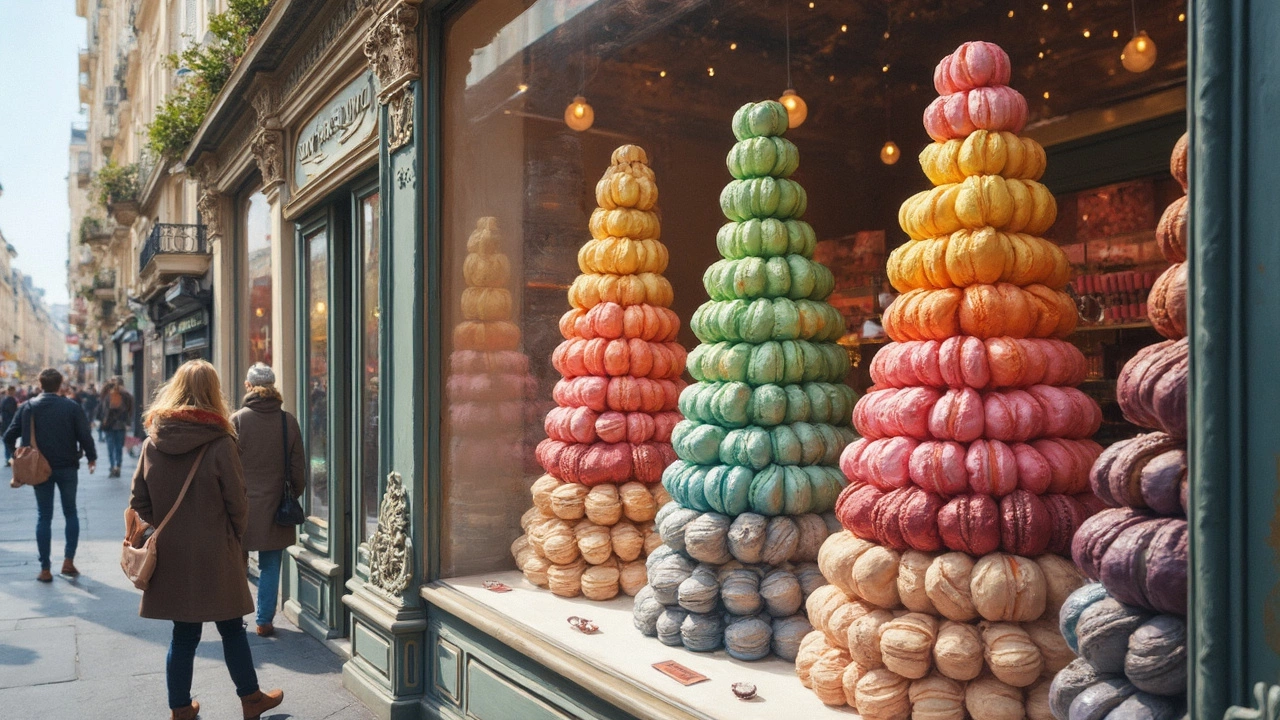
How Much Does a Macaron Tower Cost?
Are you considering a macaron tower for your next special event? Discover how much a macaron tower might set you back, and dive into the interesting world of macarons with facts and tips about these beloved colorful treats. We'll cover how pricing can vary based on size, flavors, and artisanship. Plus, you'll get insights on making cost-effective choices and even a peek at the rich history behind these elegant confections. Find out how to make your macaron tower both a showstopper and a smart buy.
View More
